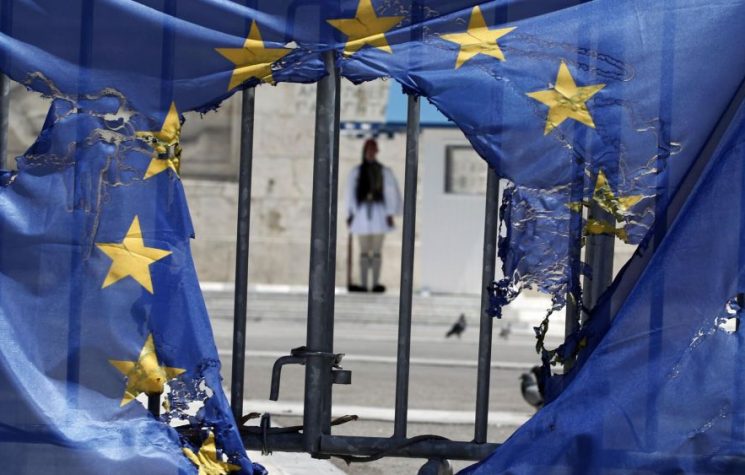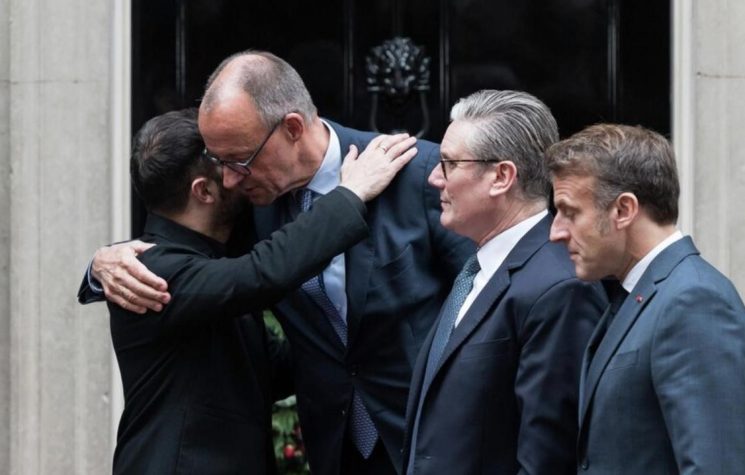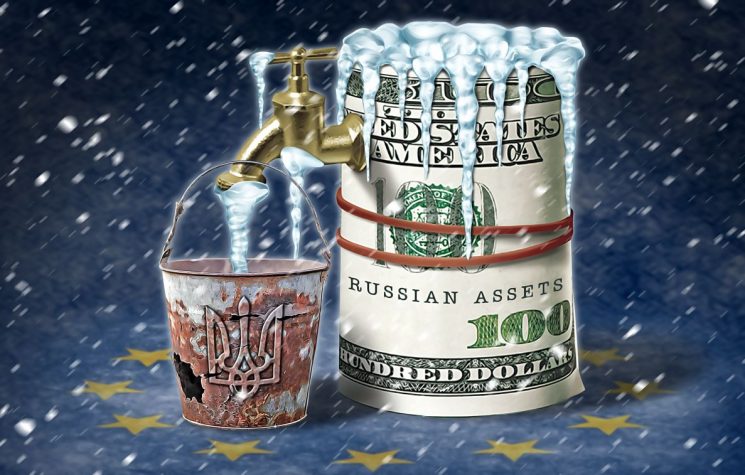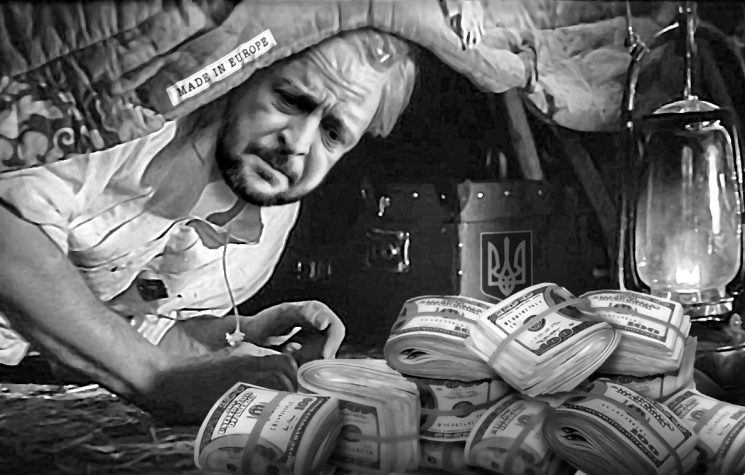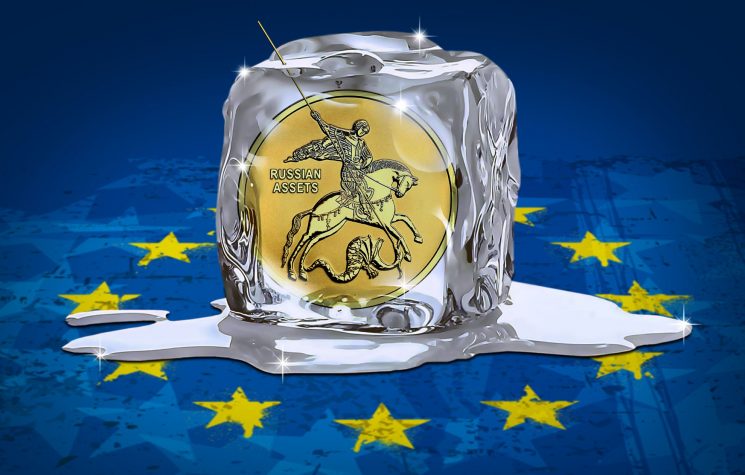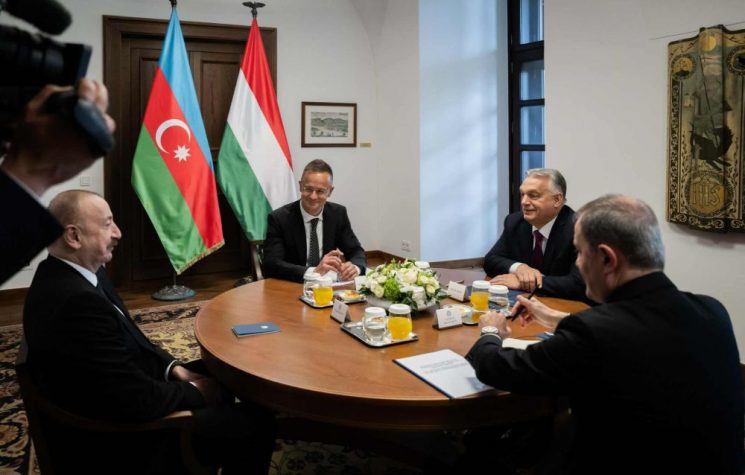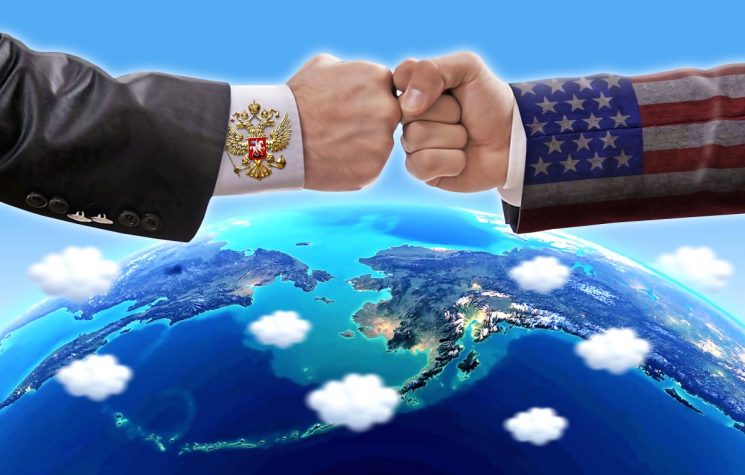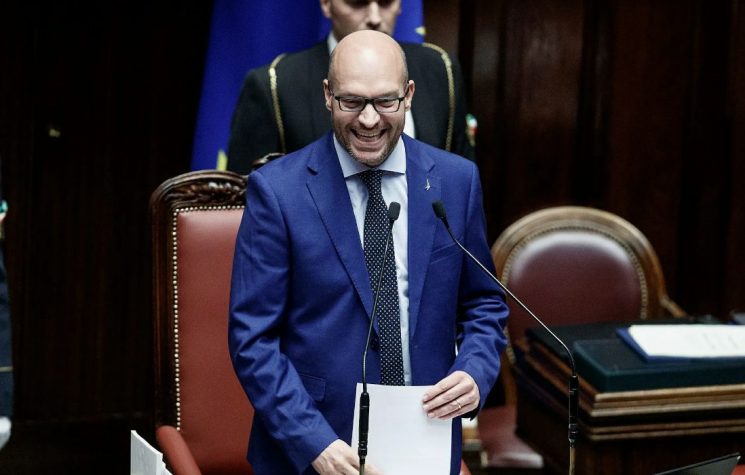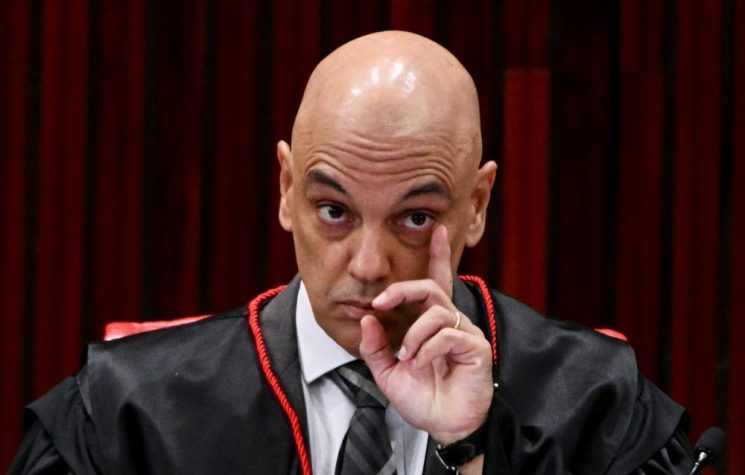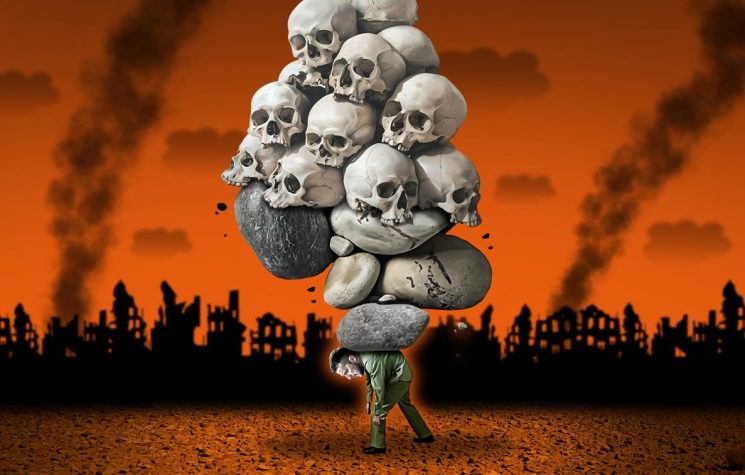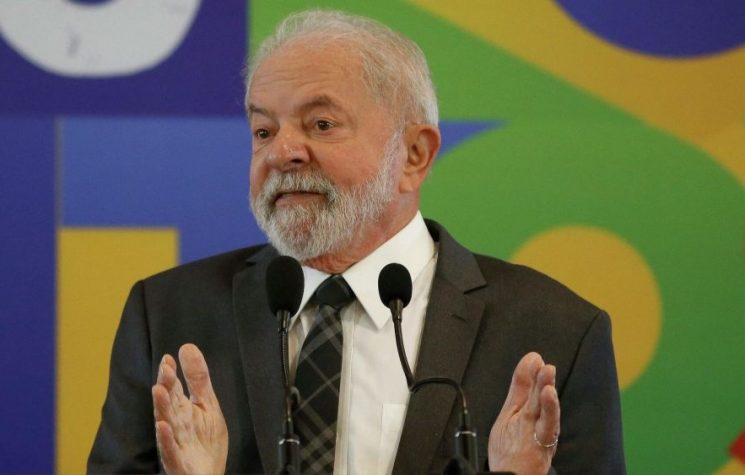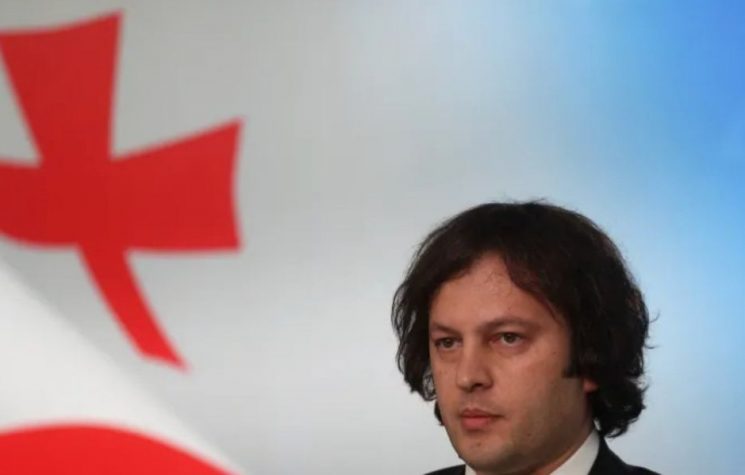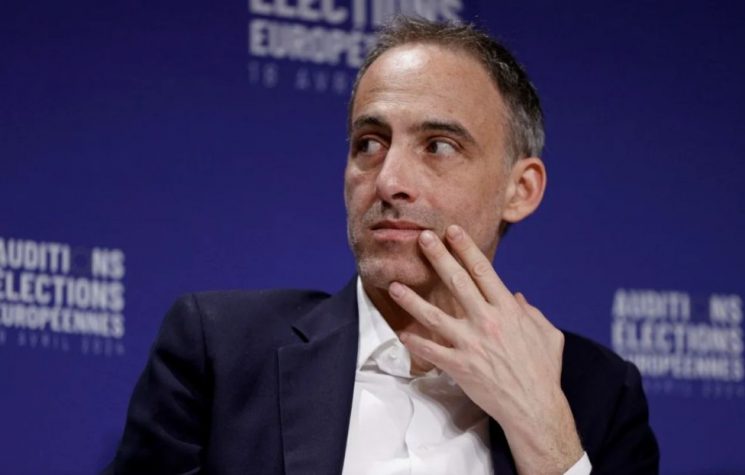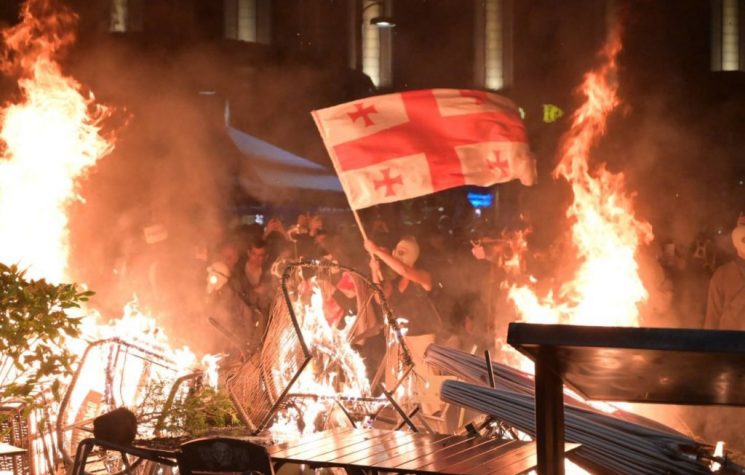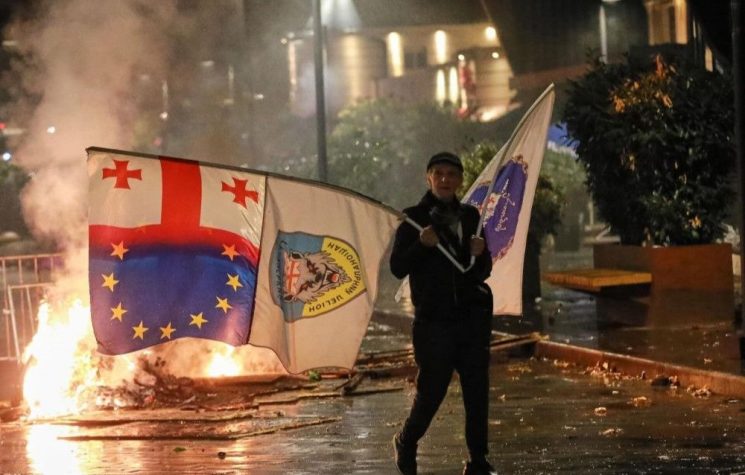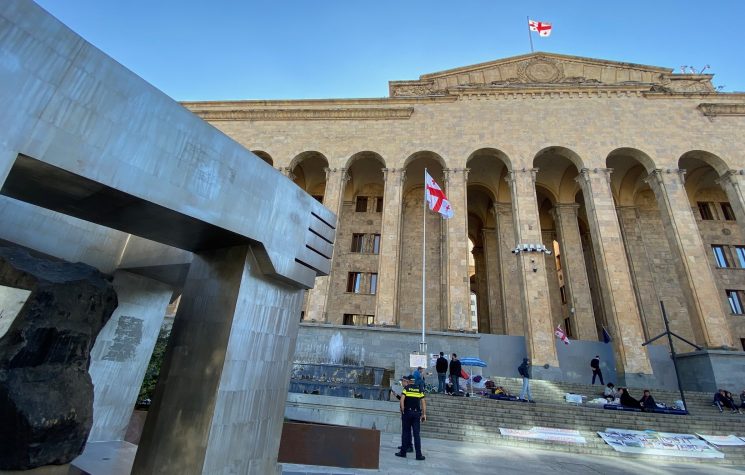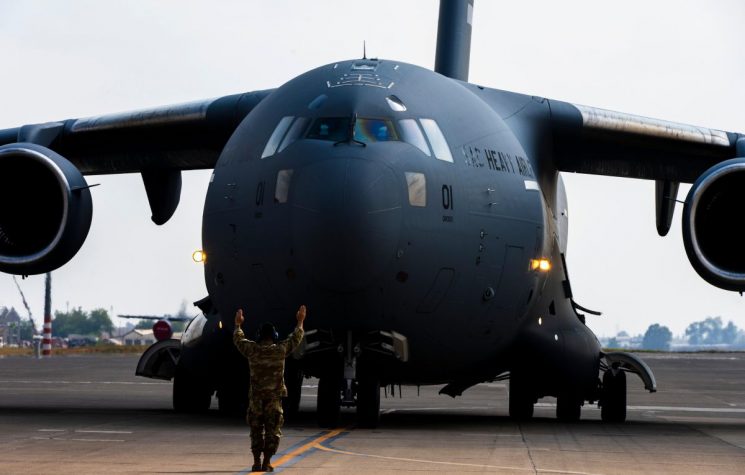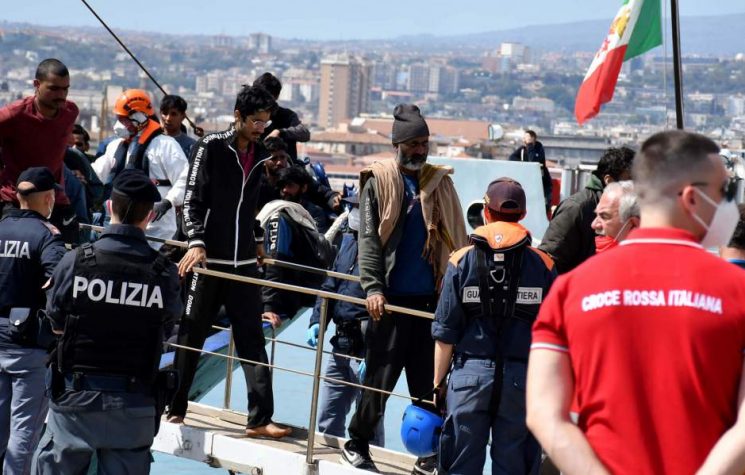Georgia, together with the punk states of Lithuania and Latvia, two of the main proponents of sanctions against Russia, has emerged as the primary exporter of wine into Russia.
❗️Join us on Telegram![]() , Twitter
, Twitter![]() , and VK
, and VK![]() .
.
Contact us: info@strategic-culture.su
Georgia’s wine producers must be delighted with NATO’s self-defeating wine blockade of Russia. That is because Georgia, together with the punk states of Lithuania and Latvia, two of the main proponents of sanctions against Russia, has emerged as the primary exporter of wine into Russia.
Although I am partial to a glass of Georgian red myself, I have never tried Lithuanian or Latvian wine. That is because neither of those punk countries produce wine and all they are doing, in between their intermittent Russophobic rants, is reselling expensive wines from other EU punk countries into Russia.
Lithuanian Economy and Innovation Minister Aušrine Armonaitė is having none of that. To her, the fault for Lithuania profiteering by running fine wines into Russia belongs to other NATO lackeys as “Lithuania is probably one of the biggest advocates of sanctions against Russia and Putin” but is, of course, quite happy to facilitate the trade when there is a quick buck or a rouble to be made.
Not that this lunatic is the only inmate in charge of the EU asylum. As part of its crazy plans to bring the Kremlin’s wine drinkers to their knees, von der Leyen and the other Caligulas of the European Union outlawed the supply of wines to Russia that were worth €300 or more a bottle, an idea no doubt germinated around visions of Putin, Lavrov and Russia’s business leaders off their faces on Cheval Blanc Bordeaux Blanc (€300,000 a bottle), Chateau Mouton-Rothschild 1945 (another steal at only €300,000 a bottle) and the highly recommended Chateau Lafite 1869 (a genuine bargain at only €200,000 a bottle).
Although the lads at Gazprom might have a few of those tipples on hand to seal multi billion dollar deals with the Chinese, the Indians and others who don’t have their heads up their arses the way NATO do, the wider Russian wine market that NATO is very kindly gifting to Georgia, South Africa and Argentina (if their new leader ever sobers up long enough to grab it) is fascinating in its own right.
Although the history of viniculture goes right back to Noah, who set about planting a vineyard and making himself some nice reds once he hit terra firma, the Russians are more noted for their love of vodka (and, more recently, thanks to NATO, Indian whiskies) rather than wine, the preferred tipple of gods like Bacchus, Dionysus and Osiris as well as saints like Vincent of Saragossa, Morand, Armand and Urban of Langres, to say nothing of George Plantagenet, the Duke of Clarence, who was drowned in a vat of Malmsey wine.
Young Russian women are, thankfully, making up for this historical shortfall and whites and rosés are more popular amongst them than reds, which now comprise only 38% of the overall Russian wine market.
Not that Russia is a totally virgin market as Peter the Great and Catherine the Great were both fond of a good burgundy and no less a Russian than Tsar Alexander II commissioned Louis Roederer to develop Cristal champagne in 1876.
Whether it is Tsar Alexander’s ghost or not, wine rather than vodka is the poison of choice for the vast majority of young Russians. Though that would be great news for NATO’s wine producing countries if they could get their heads out of their collective posteriors, the Georgians, who are coining it at NATO’s expense, aren’t complaining.
And nor are the Russians of Crimea and the Northern Caucasus, whose lands are home to a wide variety of grapes and, increasingly, entrepreneurial Russians, who see a vast gap in the vast Russian market.
A number of Russian spirits producers – for example Ladoga in St Petersburg and Beluga in Moscow – are now developing strong and diverse wine portfolios. Allied to them are recent start ups such as Vinoterra, Grape, L-Wine, Real Authentic Wine, and Wine & Only who do wine tasting sessions and trips to Crimea and the Northern Caucasus to taste the local wares or who cater to specific niche markets, just as their competitors do in Spain, Italy and France.
Although the French Auchan and the German Metro Cash & Carry retail chains are significant players in Russia, local chains like X5 Retail, Pyaterochka, Perekrestok, Lenta and Magnit can more than hold their own, while the Azbuka Vkusa chain has the top end of the wine market well covered and carefully curated.
Russia’s restaurant sector is booming, Russian farmers have successfully replaced European meats and cheeses and White Rabbit and Twins Garden, two Moscow restaurants, are amongst the top twenty restaurants in the world.
All of which is excellent news for the Russian wine market, which NATO have decreed is beneath them and their plonk.
And for Russian women, who are the major consumers of wine in Russia, who like to get together over a Crimean white or Georgian rosé in the countless wine bars of Moscow, Rostov-on-Don, Novosibirsk and Vladivostok, and wonder if that von der Leyen idiot is choking on her Austrian whites they doctored with car antifreeze.
Not to worry. Life is good, sipping Crimean wines and nibbling Caucasian cheeses helps the war effort and a trip to the Don, with a glass of premium Phantom wine might make a good treat.
These women get a giggle out of Columbo tricking sommelier Donald Pleasance in Any Port in a Storm, they find the excuses Alexei Navalny’ sidekick Roman Dobrokhotov gives for Lithuania breaking NATO’s Russian wine embargo as stupid as anything else that emanates from that quarter but, frankly, they have more important things to do than listen to such endless and unoriginal bleatings.
These women’s tastes in wines are not bound by the constrictions of either Navalny or Donald Pleasance. Stodgy and distant place names like Bordeaux, Burgundy and Champagne mean increasingly less to them than a chance to do a wine-soaked visit to the Don, to Crimea and to other Russian places that resonate with them and with their pals.
All to help the war effort, of course. And a trip to Georgia to foster peace and good will between different wine-loving nations. And to toast the madness of NATO’s ongoing self-destruction with some of Georgia’s own many fine wines that NATO have so stupidly and selflessly helped put centre stage in Russia’s ripe and juicy wine market.










